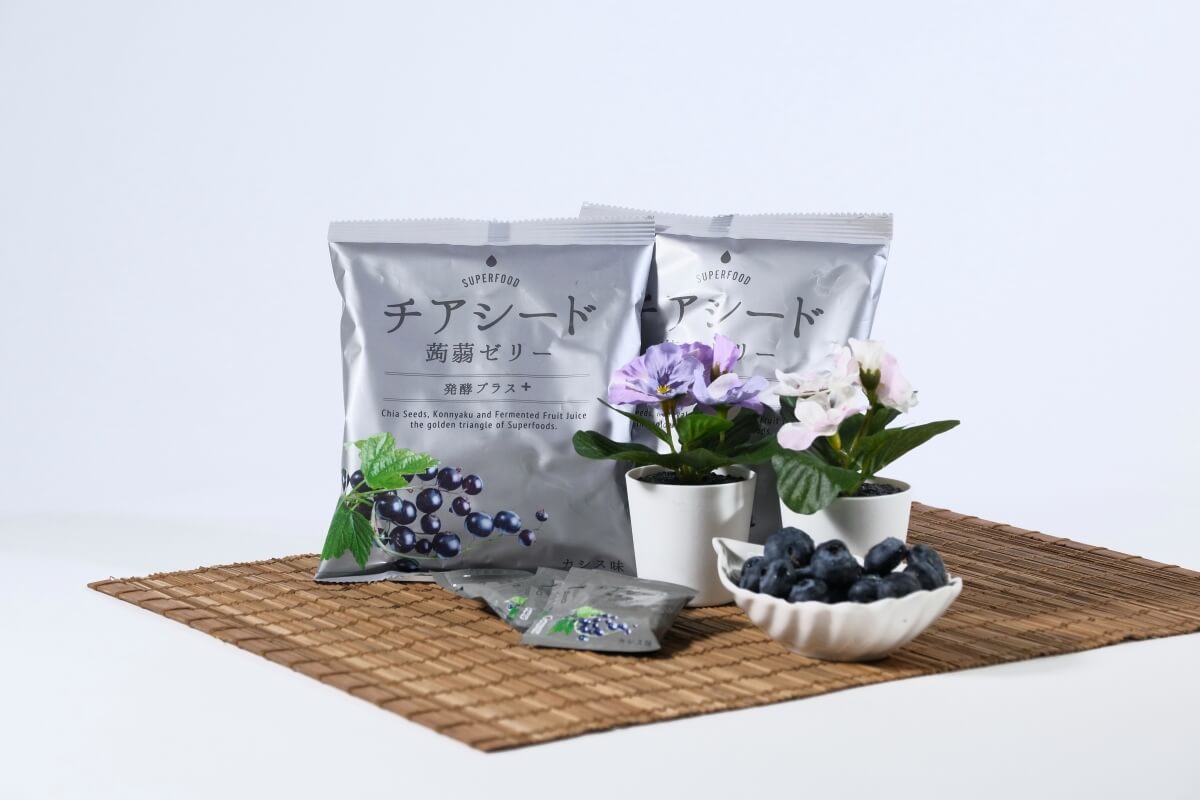
Snack Foods
As used here, this term covers salty snacks, cookies and crackers, candy, gum and microwaveable popcorn. This is the largest food market for packaging films and is dominated by multilayer constructions. Constructions include non-plastic components such as paper, foil, cellophane, or glassine, but plastic films dominate this market.
Snacks are the largest packaging market for OPP. Its combination of good moisture barrier, high modulus (fewer wrinkles), clarity, print receptivity, toughness, strength and low density cannot be matched in performance or price by any other plastic film.
In such structures, seal layers are typically Ionomers/ LDPE/EVA, but there are times when PVDC is used as a sealant too when needed for barrier. Currently, seal layer usually finds direct application on the film base as a co-extrusion component or via extrusion coating, which indicate that this is a minor market for these polymers in film form.
Although difficult to generalize there are some requirements that most of these products have in common:
- protection against moisture gain (and sometimes loss)
- good heat scalability on both vertical and horizontal form-fill-seal machines
- strength, and for some products, superior puncture resistance
- stiffness, to enable bags to stand up on supermarket shelves
- excellent print receptivity
- good runnability characteristics on high speed packaging machines
- attractive optical properties: clarity, gloss, sparkle
- good resistance to wrinkling after repeated handling
- low cost
Oxygen barrier, is only a crucial property in this product group for products, such as potato chips, cookies or some candies that are high in fat content where the combination of oxygen and UV light leads to light-catalyzed fat oxidation and rancidity. Thus fail is often used to block out both light and oxygen.
Salty Snacks
Multilayer films dominate these applications where the key application is either HDPE or OPP. Meanwhile components such as LDPE, PVDC, and polyethylene copolymers are used for frequently used for this purpose. In case a light barrier is required, it is possible to opacity OPP’s use via pigmentation or printing.
The most frequently used structures are:
- OPP/adhesive/HDPE/EVA or ionomer
- OPP/adhesive/glassine/PVDC
- Two co-extruded OPP layers plus a seal layer. One OPP layer is an ethylene copolymer. The seal layer can be acrylics, PVDC, or ionomer, the latter providing higher machine speeds at higher cost.
- OPP/PE/metallized OPP/seal
The wide variety of structures used for salty snacks arises from the different package requirements of the individual products; potato chips need a light barrier, corn chips do not; fragile products need a stronger bag than do hardier products.
Microwaveable Popcorn
This snack category requires packaging materials with high temperature capability.
Rapidly evolving packages for this product originally used PET with cost factors leading to using paper as the main component, metallized PET as the susceptor, converting microwave energy to heat to ensure complete popping, and a non-ovenable OPP overwrap to provide a flavor/odor barrier. Polyester is only in products packaged in CPET bowls lidded with coated PET film.
For more information about our products:









